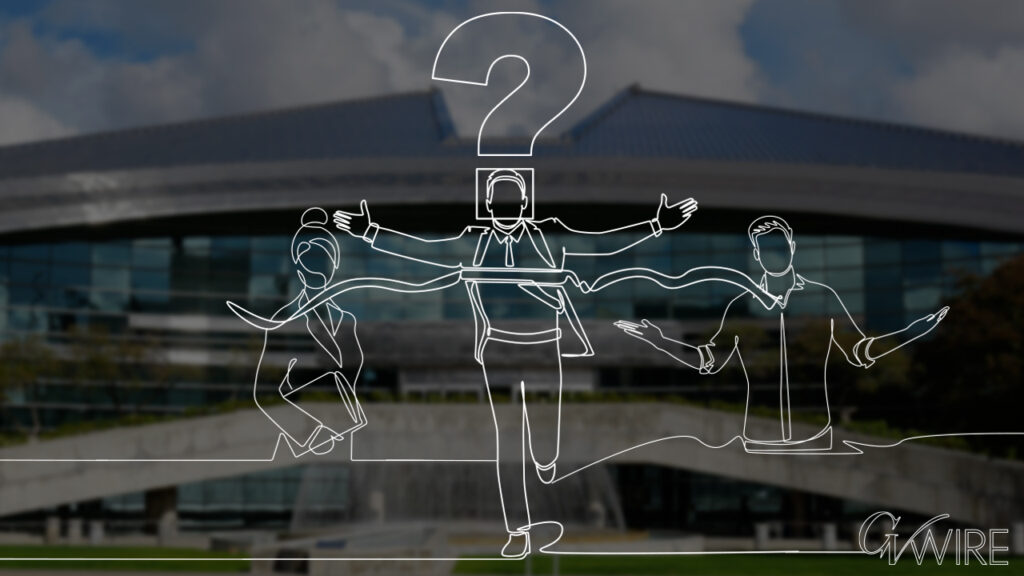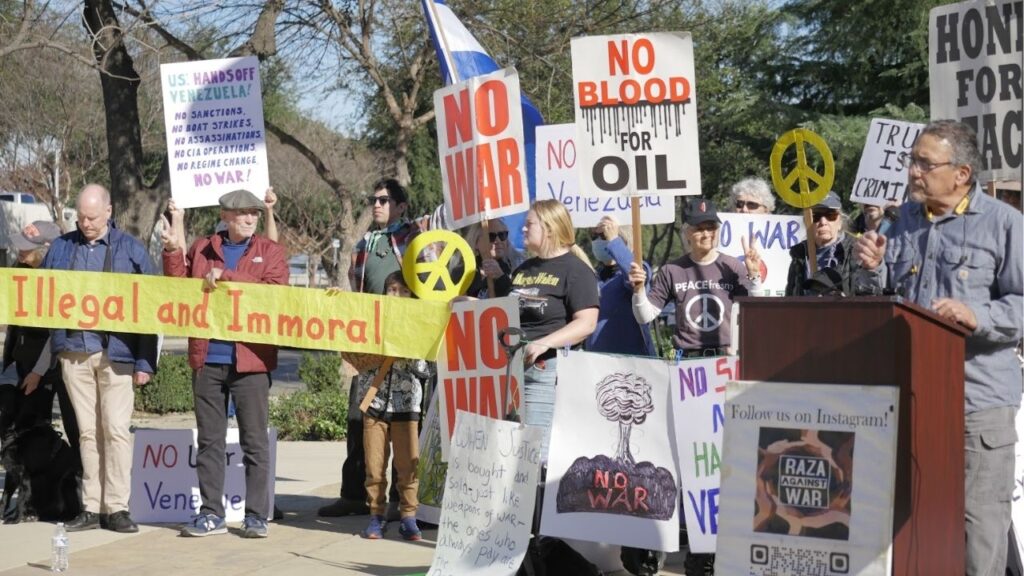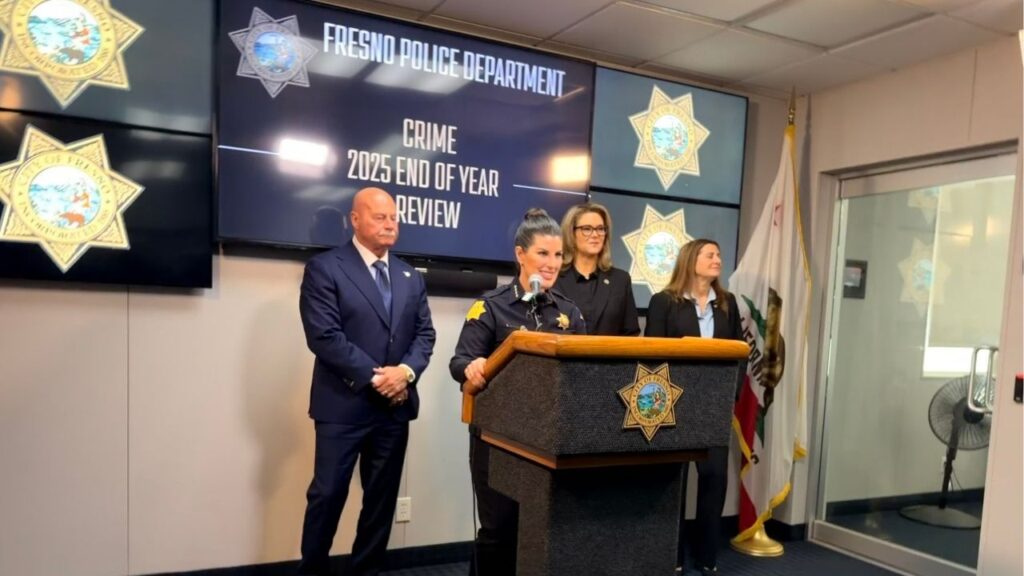Share
For most of the state, the drought is over. The Central Valley is receiving their full state water supply allocation and farmers don’t need to pull water from the ground to keep their crops from dying of thirst.

Kerry Jackson
Opinion
But that doesn’t mean the signs along Interstate 5 and Highway 99 grumbling about the “Politicians Created Water Crisis” and the Valley’s man-made dust bowl, and asking if “Growing Food Is Wasting Water?” should be taken down. The abundance won’t last forever, and the farmers eventually will be back where they were before record rain and snow provided them with a bounty of life-giving water.
That could be avoided, though, if policymakers got busy building needed water infrastructure.
Reaching the current water levels required one of the largest snowpacks on record, and a “biblical amount of rain” – not counting this month’s dump from Tropical Storm Hilary. There’s no reason to expect the blessed event to repeat itself again. The conditions necessary for another round of record rain don’t align very often. So expect more hectoring from politicians and water agency officials about the importance of conservation.
And even if we have a normal water year in 2024, expect farmers to again be subject to water-use restrictions, depriving them of the one commodity they need most.
In 2014, California voters approved (67-33) Proposition 1, with the understanding that $2.7 billion would be dedicated to storage, dam, and reservoir projects. But so far, “not much has been built,” says Edward Ring, co-founder and senior fellow with the California Policy Center.
“The biggest two projects, Sites Reservoir and Temperance Flat, have gone almost nowhere.”
The Sites Reservoir, which was first proposed in the 1980s, “has been downsized to 1.5 million acre-feet,” Ring adds, “and remains mired in potential litigation and procedural delays.”
Proposed Dam ‘Denied Meaningful Funding’
Meanwhile, Temperance Flat, which would hold 1.3 million acre-feet of water, and was initially identified as a potential storage site in 2000, has been “denied meaningful funding after the water commission came up with a points system to allocate funds and then gave it a low score.”
Both projects would immensely help the perpetually thirsty Central Valley (where 40% of the nation’s fruits, vegetables and nuts, and about one-quarter of all domestic foods, are grown). The Sites Reservoir would be located on the west side of the Sacramento Valley. Temperance Flat would be on the San Joaquin River, not far from Fresno.
But since neither project will be complete before at least 2030, if then, apparently Central Valley farmers, ranchers, their families, and the businesses that rely on the region’s best-in-the-world agricultural output are expected to be patient and just make the best with the leftovers available to them.
Is it unreasonable to wonder why, nine years after the bond was approved, California is just as vulnerable to drought, and seems no closer to resolving its water problems?
The Hoover Dam was built in five years. The Oroville Dam, California’s largest, was built in seven years. The Shasta Dam, the next largest in the state, was also built in seven. Yet in the 21st century, water construction projects in California seemingly take longer to complete than the Roman aqueducts, which were built over a 500-year period.
California was once the land of possibilities. This state “used to be,” as Los Angeles Times columnist George Skelton has noted, “good at building things.” But that was another era. “We’ll never again be on a building binge like in the ‘50s and ‘60s,” he adds.
Skelton believes that “In many ways, that’s progress.” But linking California’s inability, and oftentimes outright refusal, to make available the basics of civilization, such as water and power, to “progress” seems odd. At least to those who live and work in a far different world than the one most of the Los Angeles Times readers inhabit. Which explains why the yard signs in the state’s wealthy, progressive enclaves are far different than the signs found in the Central Valley.
About the Author
Kerry Jackson is a fellow with the Center for California Reform at the Pacific Research Institute.
RELATED TOPICS:
Categories

















